
Vector indian Mandala stock vector. Illustration of circle 75514128
Thought to be dated back to 4th century, mandala art was practiced in Nepal, Tibet, India, Bhutan and Indonesia to name a few countries. It is thought that mandala art was popular amongst entire.

Vector indian Mandala — Stock Vector © VikaSnezh 111257776
Intricacy and Reflection: Transforming Mandalas from Sacred Designs to Art Therapy. Although the word 'Mandala' simply means "circle" or "discoid object" in Sanskrit, the significance is far more complex. Traditionally, mandalas represented the intricacy of the universe and served as a guide for reflective practices such as meditation.

Vintage Indian Elephant with Tribal Ornaments. Mandala Greeting Stock Vector Illustration of
mandala, (Sanskrit: "circle") in Hindu and Buddhist Tantrism, a symbolic diagram used in the performance of sacred rites and as an instrument of meditation. The mandala is basically a representation of the universe, a consecrated area that serves as a receptacle for the gods and as a collection point of universal forces.
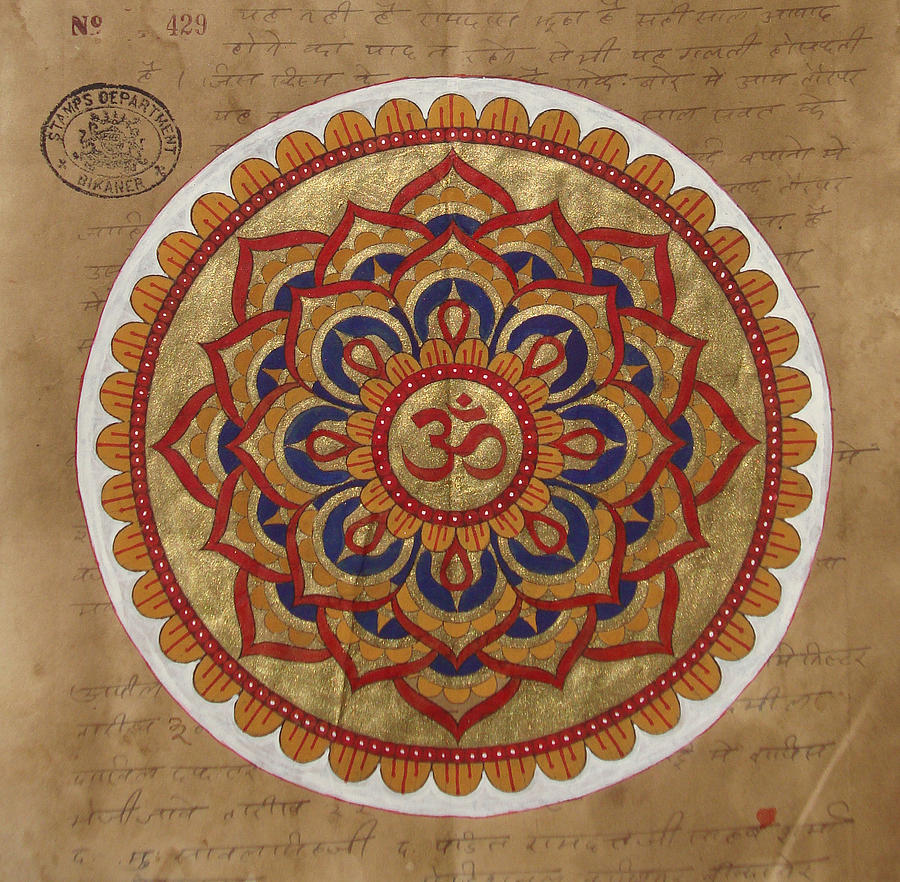
Mandalas Su historia y elementos
Creation of a Mandala. The origin of the mandala is the center, a dot. It is a symbol apparently free of dimensions. It means a 'seed', 'sperm', 'drop', the salient starting point. It is the gathering center in which the outside energies are drawn, and in the act of drawing the forces, the devotee's own energies unfold and are also drawn.
Indian mandala design Free stock illustration 563256
The Significance Of The Mandala. The design of the mandala came into being when the original designer looked at how the circle was a primary part of all life. The sun and moon rise and set in a circular pattern. The seasons come and go year after year in a circular fashion. Most heavenly bodies are shaped in the form of a circle or sphere.

mandala Black and white vintage art, ancient Indian vedic background design artistic work, old
Hinduism Mandala of Vishnu. In Hinduism, a basic mandala, also called a yantra, takes the form of a square with four gates containing a circle with a center point.Each gate is in the general shape of a T. Mandalas often have radial balance. A yantra is similar to a mandala, usually smaller and using a more limited colour palette. It may be a two- or three-dimensional geometric composition used.

Indian mandala background Download Free Vectors, Clipart Graphics & Vector Art
In the ancient Sanskrit language of Hinduism and Buddhism, mandala means "circle." Traditionally, a mandala is a geometric design or pattern that represents the cosmos or deities in various heavenly worlds. "It's all about finding peace in the symmetry of the design and of the universe," says artist Saudamini Madra.
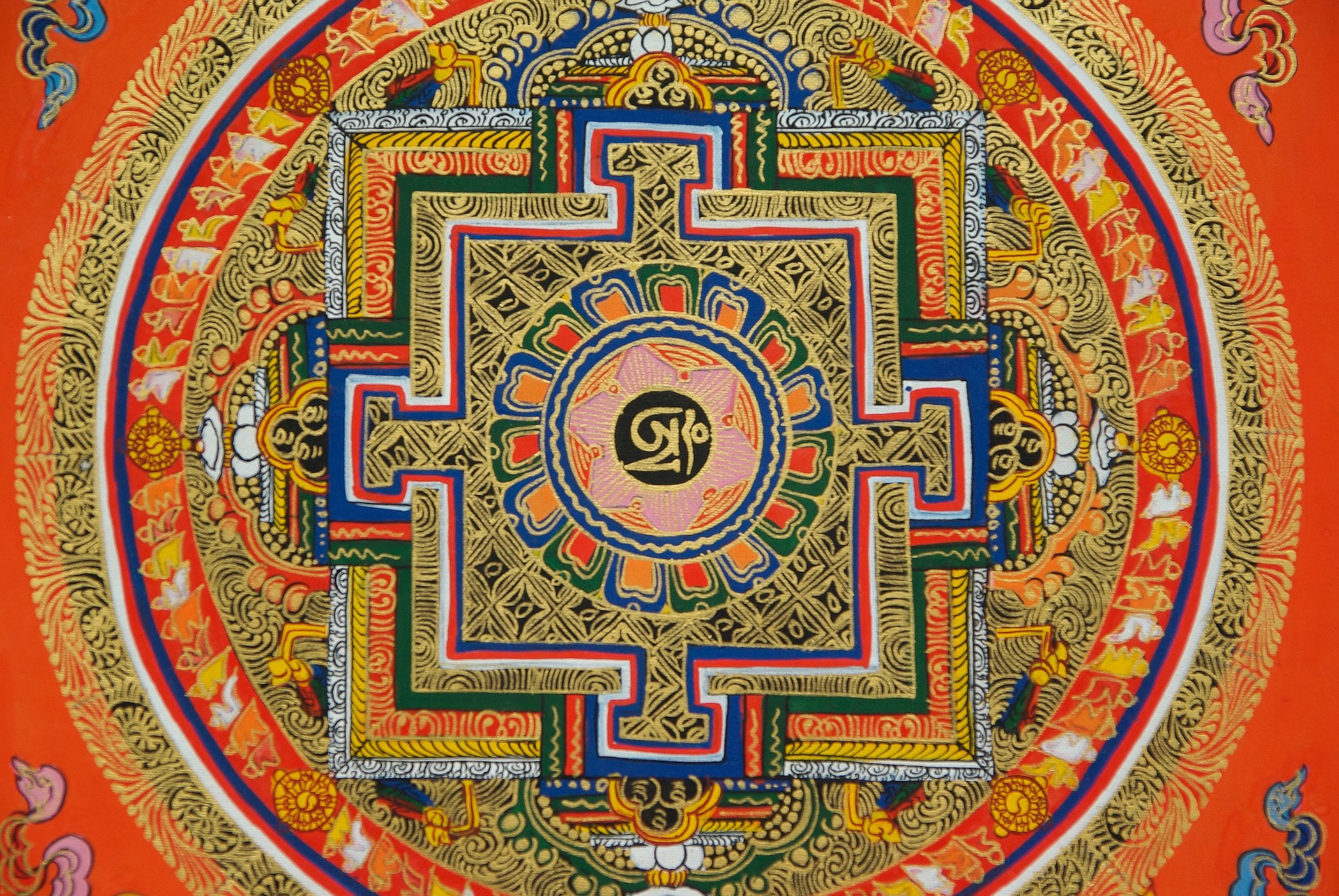
Understanding the Mandala Tradition in Nepal Inside Himalayas
Even ancient temples were designed to be a model to make sense of the cosmos. One type of map or diagram is the mandala - which could be thought of as a map of reality itself. Mandala is a Sanskrit word which simply means circle. It is used within many Indian religions for meditation or to invoke the power of a deity.
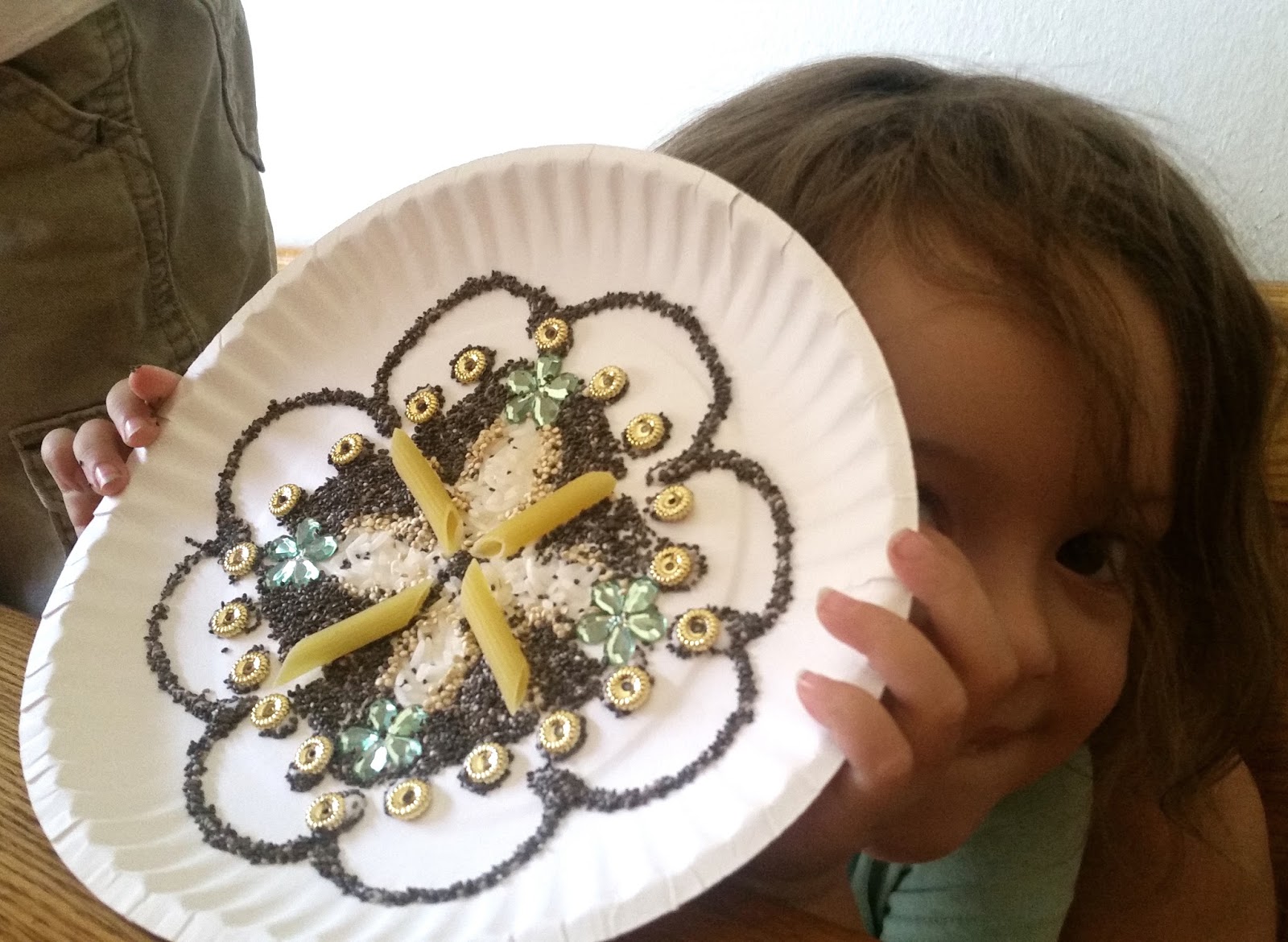
Glimmercat Education The Artwork of India Making Mandalas
Mandalas played a significant role in the rituals, belief systems, and healing practices of many ancient cultures. Let's take a brief look at how Mandalas were viewed by two of the most ancient tribes in the world. Note that while the term 'Mandala' was probably never used in these contexts, the concept of the symbol remains very similar.

mandala the indian by zahirart on DeviantArt
A mandala is a symbol of the universe in its ideal form, and its creation signifies the transformation of a universe of suffering into one of joy.. History and Geography Siddhartha Gautama, the Buddha, was born in what is today Nepal in 563 B.C.E.. Buddhist missionaries transported doctrines from India along the Silk Road (through the.

Pin on Mandalas
The Ancient Hindus were among the first people on the planet to use a Mandala spiritually, but the most famous Mandala most of us know are in fact made by Buddhists. In Ancient Sanskrit, mandala means 'circle', even though the depiction of the symbol may be dominated by a set of squares or triangles, the mandala as a whole is a concentric.

Mandala Definition, History, Types, Meaning, & Facts Britannica
2. Healing Mandala Healing mandalas are more intuitive than teaching mandalas, and they are made for the purpose of meditation. Healing mandalas are intended to deliver wisdom, evoke feelings of calm, and channel focus and concentration. 3. Sand Mandala Buddhist monks and Navajo cultures have long used sand mandalas as a traditional, religious.
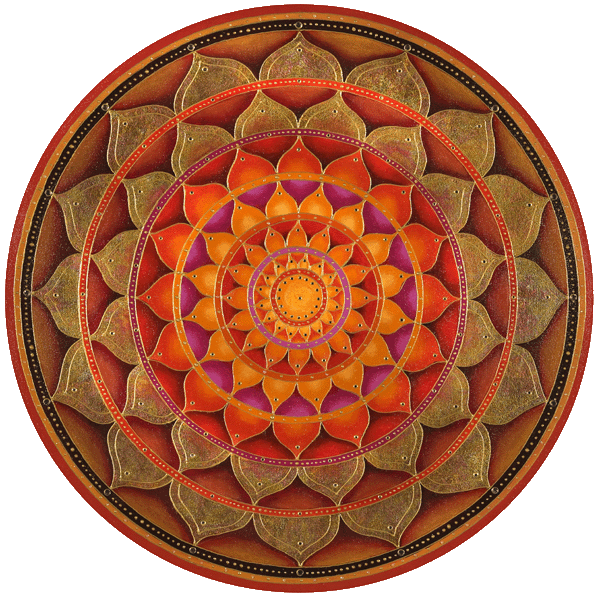
Pin by Laura Kurup on Mandala Mandala, Art, Sacred art
Definition. Tibetan Mandala, Sera Monastery Kosi Gramatikoff (Public Domain) A mandala (Sanskrit for "circle") is an artistic representation of higher thought and deeper meaning given as a geometric symbol used in spiritual, emotional, or psychological work to focus one's attention. The image first appears in India via the Hindu text known as the Rig Veda c. 1500 - c. 500 BCE but has been.

Vintage Indian Elephant with Tribal Ornaments. Mandala Greeting Stock Vector Illustration of
A Mandala (Sanskrit for "circle") is an artistic representation of higher thought and deeper meaning given as a geometric symbol used in spiritual, emotional, or psychological work to focus one's attention. The image first appears in India via the Hindu text known as the Rig Veda c. 1500 - c. 500 BCE.. The image has been used by cultures around the world in many different periods up to the.
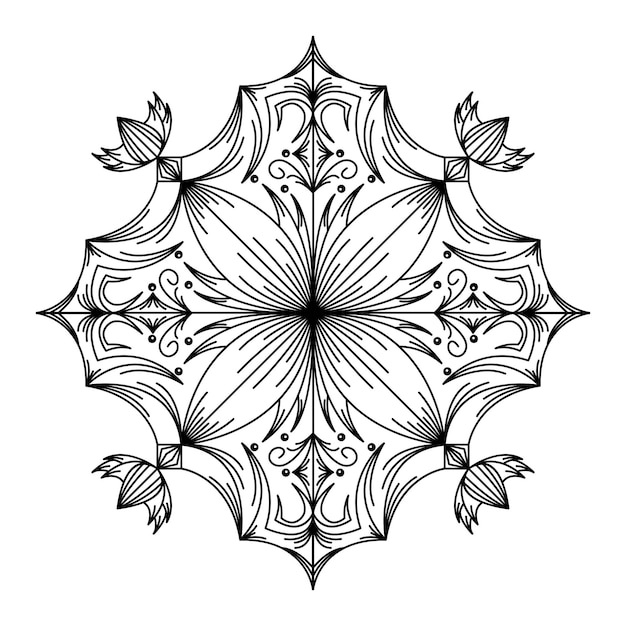
Premium Vector Indian mandala
These intricate designs hold deep spiritual and ritual significance, representing the entire universe. Mandalas have a rich history in Indian culture, spanning centuries. The earliest known mandala art can be traced back to the Indus Valley Civilization, which thrived from around 2600 BCE to 1900 BCE. Archaeological excavations at Harappa and.

Kalachakra Mandala
Mandala consists of a circular or square pattern with many levels, the levels show different planes of existence which are unavailable for access to normal human beings who have not stepped into spiritual realms yet but have been explored by ancient enlightened beings called Rishis, who were the founding fathers of Indian civilisation.